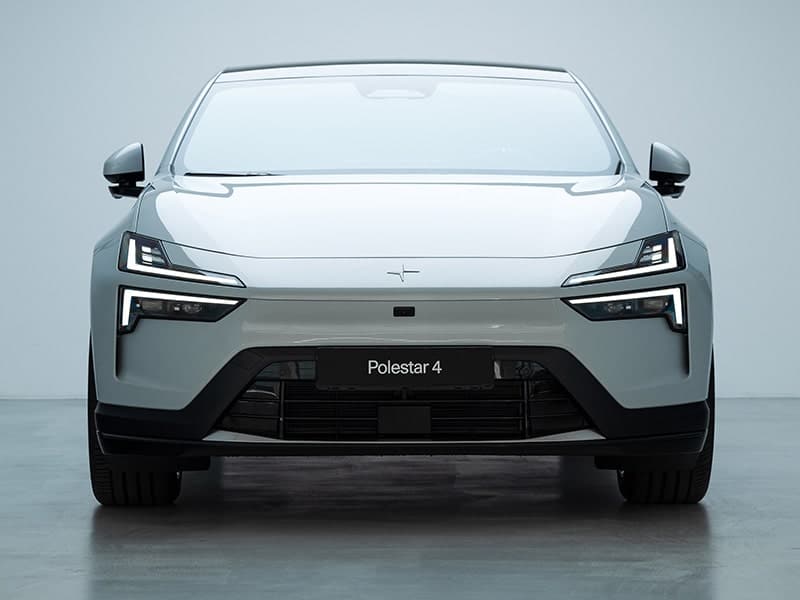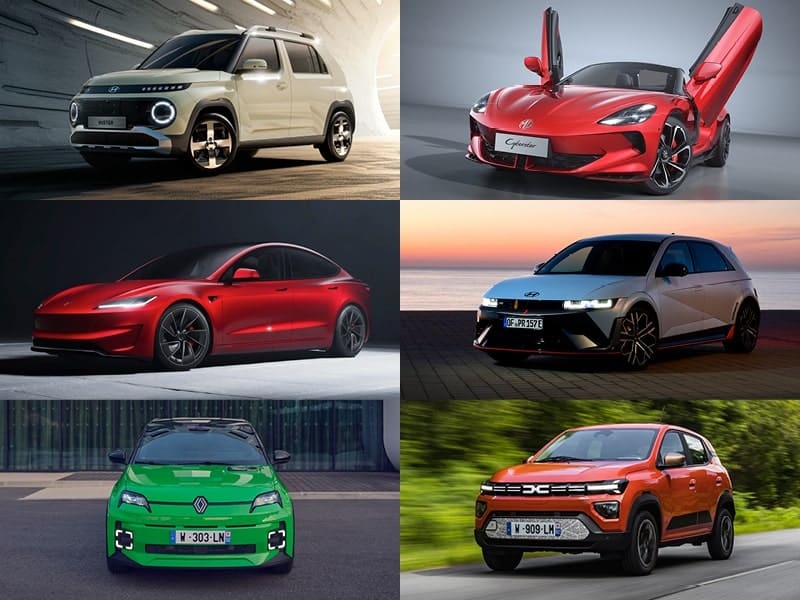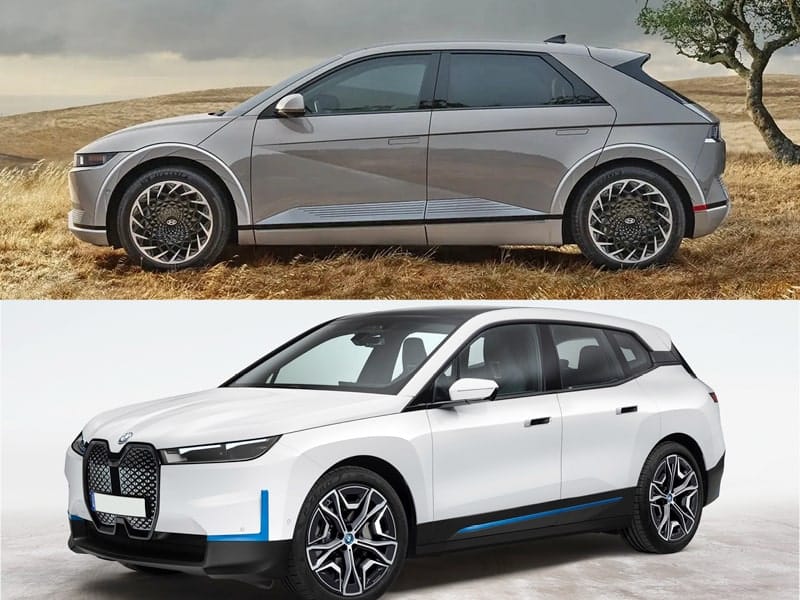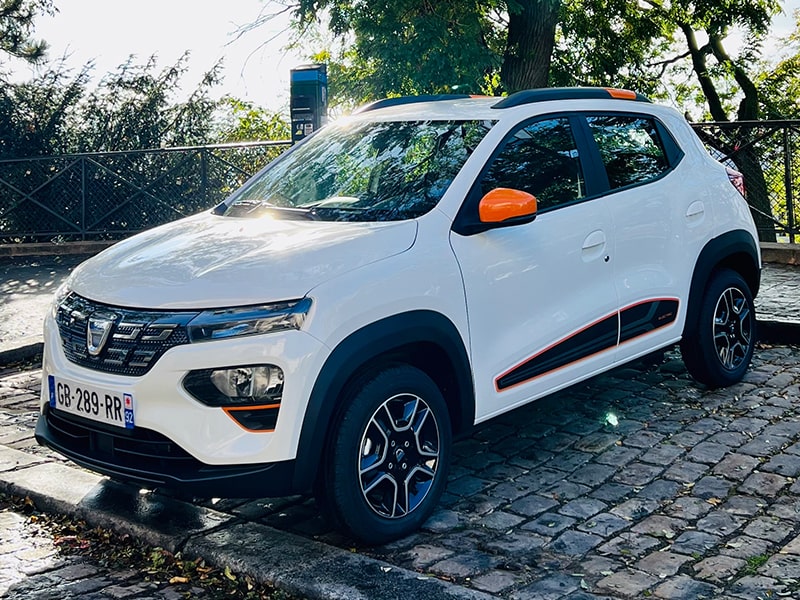
Electric unicycles: the ugly duckling of micro-mobility. While e-bikes and e-scooters continue to surge in popularity, becoming a common sight in cities across Europe, The EUC rider remains an elusive beast. And in fairness it’s not difficult to see why: relative to its bike and scooter brethren, the way of the wheel is dauntingly tricky to learn and conspicuously illegal to use in public. That’s on top of the fact that riding one makes you look like a cross between Robocop and a complete melt.
And yet, after a joyous weekend spent zooming around the Olympic Park in East London (which, due to being private property is one of the few places in London where e-rides are permitted), I remain adamant that this peculiar contraption is one of the most elegant and complete personal transportation solutions ever created – and one that could go on to play a key part in the future of urban mobility.
For those not aware, an electric unicycle is a self-balancing motorised vehicle. The rider stands on two footpads, hugging the device between their knees. Connecting you to the ground is a tyre-clad wheel, similar to one you might find on a teenager’s bicycle. There is no remote control; the rider moves simply by leaning their bodyweight forward and backward, while turning is achieved through subtle movements of the knees and ankles. I would liken the technique of riding an EUC to something between riding a bicycle with no hands and skiing.
The learning curve is short but steep. It takes some people 20 minutes and others two days, but the process is the same for all. At first, even staying on the thing for more than a few seconds feels utterly impossible. Then, slowly, you start to understand the wheel’s capabilities and trust it. You stop thinking so much about the mechanics of what you’re doing and just… do. You begin to soften and relax all the things you’ve been holding clenched. And then it just clicks. Suddenly the wheel melts into your feet, responding telepathically to minute inputs you barely realise you’re giving it. The sensation is absolutely magical – and highly addictive.
The wheel I had on test from Ride & Glide (an independent micro-mobility specialist based in the south of England) was an absolute monster. The Veteran Abrams (aptly named after a tank) weighs in at a hefty 28kgs, with a whopping maximum range of 75 miles and a frankly horrifying top speed of 45mph. It is one of the biggest, rangiest, most powerful wheels on sale today.
The pros and cons of a wheel this size are just what you’d expect. The sheer mass of the thing affords it a reassuring sense of stability while riding – potholes, cracks and even curbs are dispatched effortlessly, and speeds I once considered insane to hit on a one-wheeled self-balancing device are made to feel perfectly ordinary. I won’t pretend I (an especially cautious rider) got anywhere near the Abrams’ 45mph top speed, but I cleared 30 almost accidentally at one point, such is the sense of confidence the wheel inspires.
This confidence is added to by that large, pneumatic tyre, a key advantage of riding an EUC over an electric scooter. While the latter makes do with much smaller, often tyreless wheels (which are far less capable of dealing with imperfections in the road) the larger wheel of the Abrams deals just as well as a bicycle would. Fitted with a knobbly tyre as mine was, it’s even capable of some pretty serious off-roading; without question, the highlight of my weekend with the wheel was the time spent seeking out the dusty, winding mountain bike trails hidden among the trees of the Olympic park. Despite the very tall wobbly man astride it, the Veteran ate them for breakfast.
The handling of the Abrams is very much coloured by its size. As well as being substantially heavier than any wheel I’ve ridden previously, it is also much taller, the top of the housing comfortably reaching beyond the inside of the rider’s knee. As a result, turning it requires some effort. On smaller, lighter wheels, a deft tilt of the ankles is all that’s required to send you darting in a new direction like a startled fish, but on the Abrams it’s more like steering a ship. You really need to get your knees involved, pointing them purposefully in the direction you wish to go and pressing the outer shin into the plastic fairing to get the thing up onto an angle.
I’d argue that this alone makes the Abrams a wheel more suited to intermediate or advanced riders. While the stability of bigger wheels makes them easier to ride in a straight line, I feel the subtle mechanics of turning and controlling an EUC are best learned and mastered on a lighter, more agile wheel. However if you do decide to jump into the deep end and make the Abrams your first EUC, you’ll be pleased to know there are a multitude of customisable functions available to ease you in. There are various speed settings, an alarm that can be set to go off at a certain speed and notify you that you’re getting a little carried away or, if you want something a little more decisive, an inbuilt pushback function. Hit the assigned speed limit and the wheel will gently intervene by angling itself backwards, slowing things down. It also has a headlight which is – and I’m barely exaggerating – brighter than the actual sun.
Portability is outstanding on all EUCs, even whoppers like the Abrams. Simply leave the device running when you arrive at your destination so that the gyroscope keeps spinning, pop out the suitcase handle and push it along effortlessly. The compact footprint means navigating narrow corridors can be done with ease compared to a bike or scooter – and the inbuilt motor will even kick in and apply some torque to help you hop up a curb or step when required – but a full flight of stairs is tricky. If you live or work on the top floor of a tall building with no lift, either look into smaller EUCs or find a good chiropractor.
I’d be remiss if I didn’t mention the build quality. Given how high the stakes are when riding an EUC, and how spectacular the faceplant would be if anything went wrong, nothing less than weapons-grade is acceptable – and the Abrams provides precisely that. The plastics are thick and rugged, the fragile innards well protected. It feels indestructible. In fact, the robustness of the wheel is something I thoroughly tested, rather without meaning to one Monday morning when my housemate inadvertently nudged the wheel, which had been leaning against the wall in the hallway of my apartment. This caused it to fall down a large flight of the stairs Suffice to say the wheel emerged utterly unscathed. The landing of my staircase on the other hand now has a very big hole in it. Clearly the Abrams is built to a higher standard than my house.
Downsides of the Abrams – other than its ability for sudden unsolicited bouts of home improvement – are few and far between. Currently on sale at Ride&Glide for £2,399 it’s certainly expensive – but then a Vanmoof e-bike costs around the same, doesn’t go as far or as fast, takes up far more space in your apartment and won’t make you giggle anywhere near as much. If you measure by sheer capability relative to size of the packaging, I don’t know of a vehicle on Earth that can compete with a good EUC.
To me, the two biggest issues with the electric unicycle are external. Firstly: legality, or lack thereof. EUCs don’t fall neatly into any vehicle category understood by the DVLA and are therefore entirely illegal to ride in public. The second issue – one that all micro-mobility falls victim to – is that it is suited to neither road nor pavement. Just like bikes and scooters, EUCs are much too fast to share the pavement with pedestrians but much too small and delicate to share a road with buses and ill-tempered white van men. The way I see it, the solution is really quite straightforward: mass legalisation and substantial investment in bike lanes (to which they are perfectly suited). And while we’re at it, why not ban vehicles weighing over, say, half a tonne from our city centres entirely? What on Earth are they doing there?? The urban environment was never designed for whopping SUVs – EUCs on the other hand were purpose-built for it.

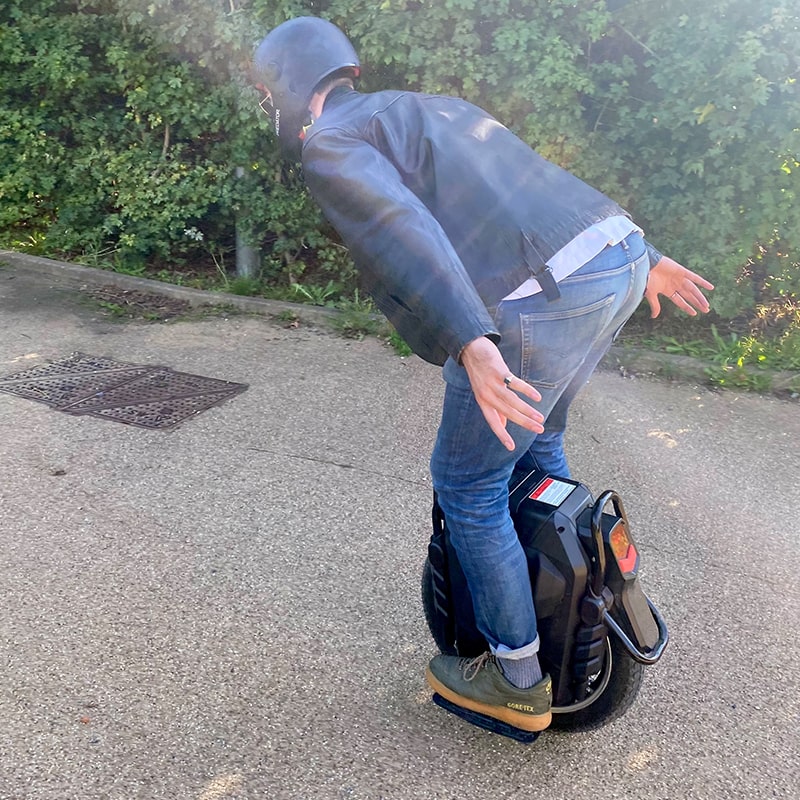


About the author
Jack is a London-based presenter, writer, and expert in all things automotive. A lifelong car fanatic and recovering petrolhead, Jack is a fully converted EV evangelist these days and, prior to joining Fully Charged, spent two years launching and fronting a new EV media brand called Electroheads.





